Whenever we receive money, we almost automatically think about how to spend it. This is true for most of us. Yet, might I suggest to add just one simple word, how to spend it wisely?
Spending money is inevitable, sometimes fun, and sometimes devastating. Whenever you get your hands on the prize, always remember to ANALYZE your C-E-A-L.
Definition of C-E-A-L:
C = Cashflow
E = Expenses
A = Assets
L = Liabilities
Analyzing C-E-A-L can be done in sequence, an effective way is to DEFINE, MEASURE, FORECAST, and EXECUTE.
Here’s an example and their definitions:
CASHFLOW
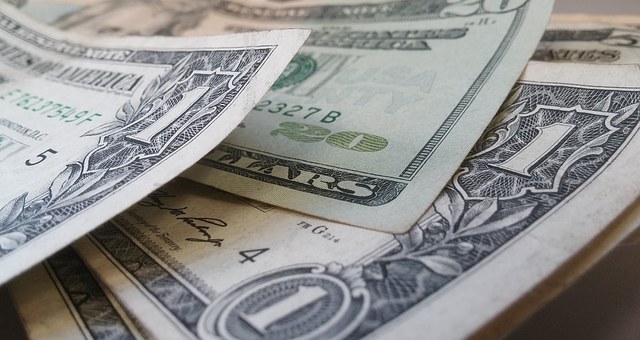
Your income from assets, allowances, your job, your freelance job.
- DEFINE: Where do I get my cash-flow?
- MEASURE: How much am I getting exactly?
- FORECAST: When will I get my next cash-flow?
- EXECUTE: Go to a bank and save it. This way, you immediately turn it into an asset which may potentially earn some interest.
EXPENSES

Expenses are inevitable, lets call them living allowance. Whatever you need to buy for you to live, to support life, to have fun, to pass time, to make time, etc.
- DEFINE: What are your NEEDS and WANTS?
- Needs: Food, Daily Allowance, Water, Electricity, etc.
- Wants: New TV, a New Gaming Rig, Junk Food, Toys, anything for fun and comfort.
- MEASURE: How much are you willing to spend? How much can you spend? What’s important?
- FORECAST: Set a time-frame based on what you defined. Better yet, use a calendar to guide you on when to settle your expenses.
- EXECUTE: Use it on the time-frame specified on your forecast.
Note: Now, assets and liabilities are things that need a lot of thinking, it can be confusing at some point because they CAN interchange. To make it simpler, here’s what I have in mind:
ASSETS

These are what you have that invites CASHFLOW. A JOB, a property being rented by your friend, your freelance work, your company are just a few examples.
- Defining assets is quite tricky, due to the fact that sometimes assets can also be liabilities. Like buying a condo unit, it can become an asset if you have it rented by someone else. To define your assets, start by asking yourself, what do I have that gives me more income/value?
- MEASURE: How much money do I get from assets? When exactly can I get my profit?
- FORECAST:
- Can I acquire more assets?
- What other assets are out there for the taking?
- What gives the most profit?
- When exactly can I acquire an asset?
- EXECUTE: Invest on the assets from your forecast by using the money you acquired from your cash-flow less your expenses, liabilities and savings.
LIABILITIES
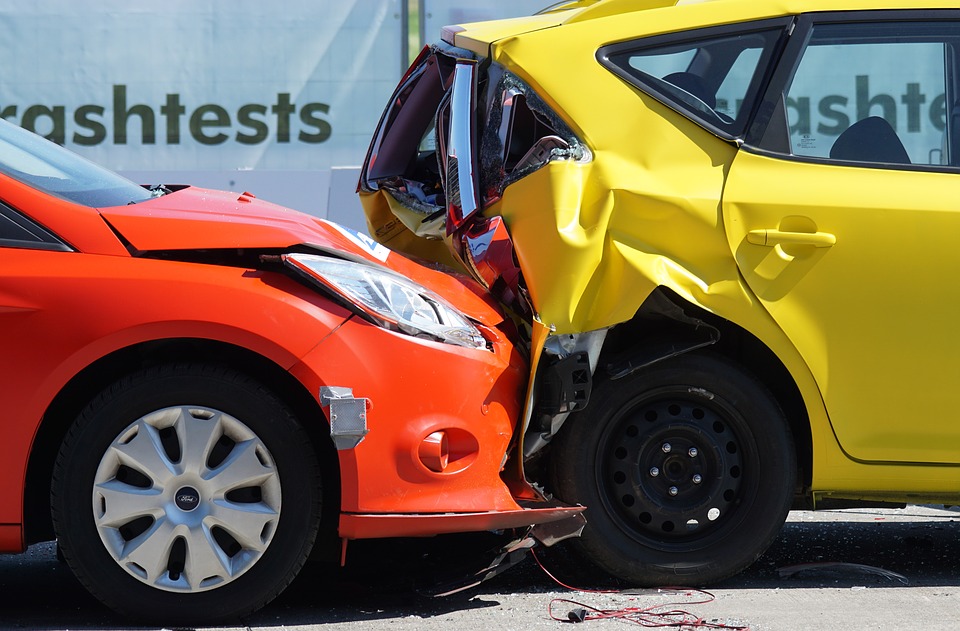
These are things you have or plan to have that invites EXPENSES.
- DEFINE: Ask yourself , what things do I have that requires me or urges me to spend money? This can probably be a car, a house, a condo unit, a pet, a phone subscription, or even your credit card. To be fair, liabilities can easily become assets. An example for this is can be your phone subscription, if you use your phone to simply call a friend and talk about random gibberish ALL THE TIME, this is considered a liability, now if you use it for marketing your business, it becomes an asset!
- MEASURE: From the definition, how much am I spending?
- FORECAST: From the measurement, how much should I spend on a weekly/monthly/yearly basis? Make a calendar!
- EXECUTE: Convert liabilities to assets, Cut unnecessary liabilities, or settle those necessary liabilities on time.
Sooooo.. Now here’s the shortcut:
- Measure and make sure you have a regular positive cash-flow.
- For expenses, you should only spend money on what you NEED.
- Invest on ASSETS using what cash-flow you have left as often as you can and make damn sure THEY STAY AS ASSETS.
- Convert liabilities to assets, cut unnecessary liabilities, and settle the necessary ones on time.
Here’s a computation that might be helpful to determine if you can acquire assets from the money you have: TOTAL CASHFLOW (think annual)
EXPENSES (needs > wants)
LIABILITIES (things you can’t live without)
SAVINGS (this is important, save some for those rainy days)
= Fund for your ASSETS
Conclusion
- To become poor, prioritize on what you want. (want > need)
- To become middle-class, spend money on liabilities that may turn into an asset, remain a liability for a long time, or become a bigger liability.
- To become RICH, spend your cash-flow on ASSETS and attempt to turn your liabilities into assets.

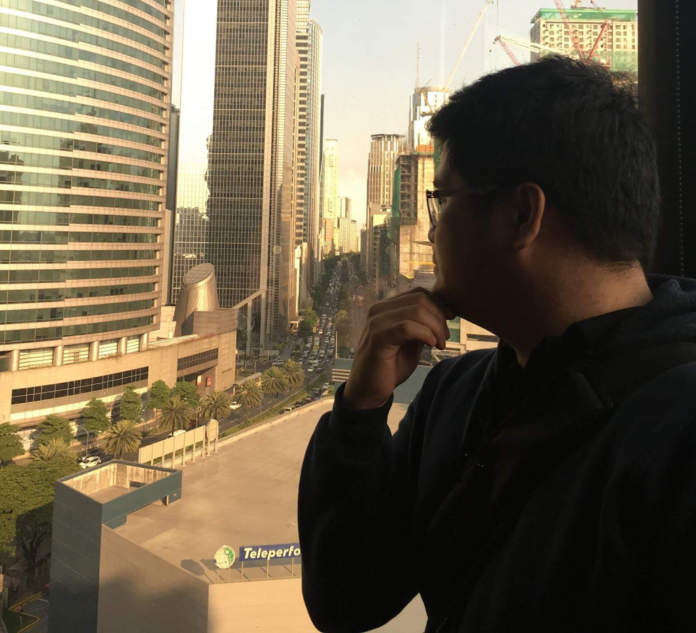
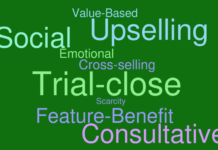








[…] for on-the-side cash-flow such as freelance web development, virtual administrative work, and investing extra money that came […]
[…] most basic calculations, the only fixed costs that matter are OVERHEAD COST, these are ongoing expenses required to run the business that are not direct costs of producing your product or […]